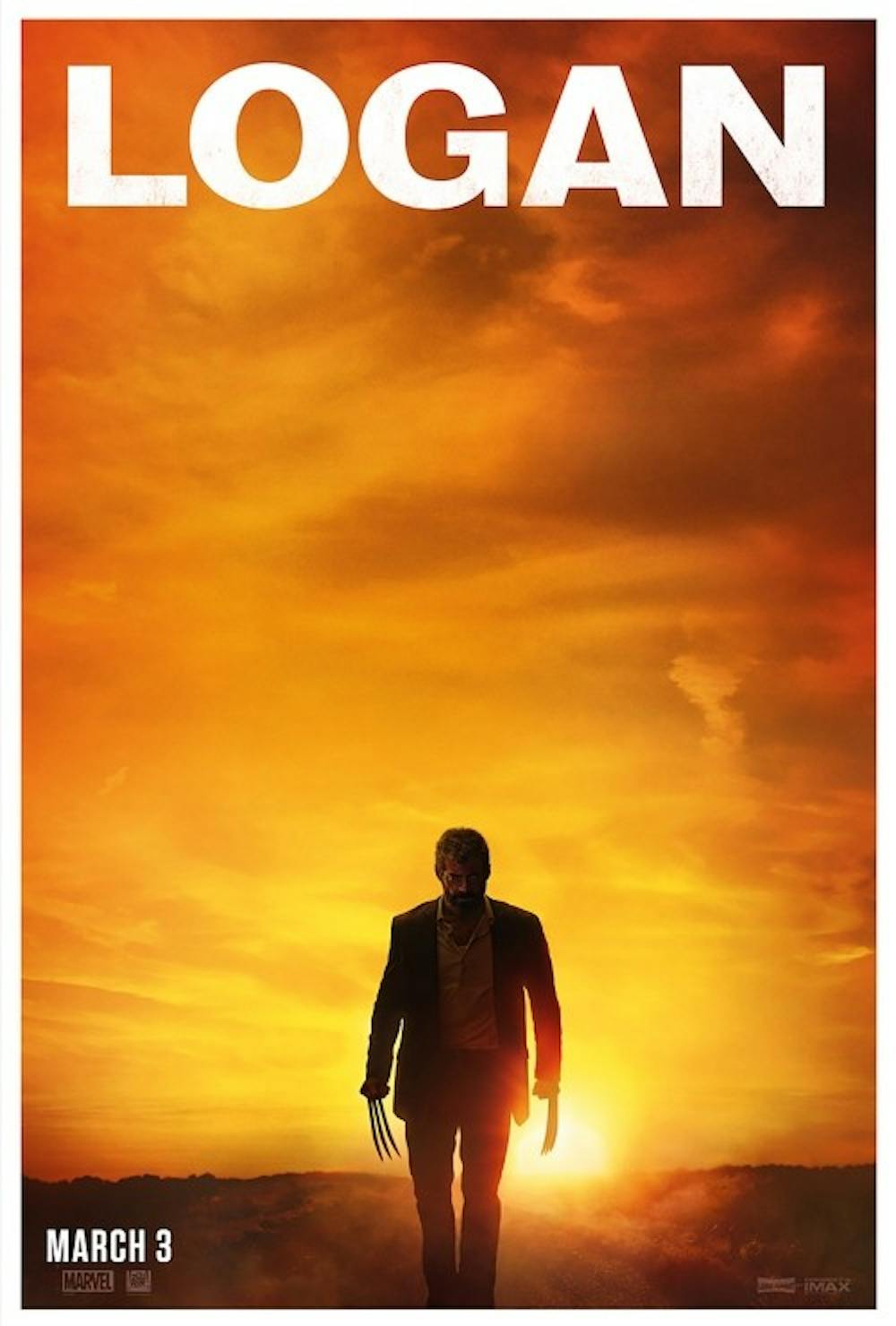From the opening five minutes of “Logan,” it was already clear that this wasn’t going to be your normal super hero movie.
“Logan,” like last year’s “Deadpool,” was rated R and used that rating to its full potential. The film pulled no punches, showing gruesome violence and telling a story far more dark and mature than the traditional happy and light-hearted Marvel movies we have come to associate with superhero films.
But what makes both “Logan” and “Deadpool” special is the fact that neither feels like their R ratings were forced. “Logan” used visceral violence and dark storytelling to perfectly paint the picture of how troubled Logan’s life is and how unforgiving the world is in this universe — both of which make the film’s biggest moments hit that much harder. “Deadpool” uses it’s R rating in a very different but still valid way that allowed Ryan Reynolds to bring Deadpool to life in a way that does justice to the source material. A PG-13 version of these movies could never exist because the identity and story-telling in these films are intrinsically tied to their R ratings, and I think this is the way more superhero films need to go.
Now, I’m not saying that every or even most superhero movies need to shoot for a darker and more mature tone because I don’t think it fits for every character. What I am saying, however, is that people are going grow tired of superhero films in their current state, and all of the discussions I’ve heard or had with friends were about how different and refreshing “Logan” and “Deadpool” are — and I believe these are very telling words.
Further than that, it’s no secret that a huge portion of the people who watch superhero movies are adults. Someone who was born when the original “X-Men” movie released would turn 17 this year. I grew up on superhero movies, which means I have a special connection to these characters, but that also means that I have seen these characters portrayed many different times and the predictability of the stories is beginning to bore me.
And this is where I think giving filmmakers an R rating that lets them take the gloves off and go all-out without restrictions could make for fresh experiences in a genre that feels stale. I believe this genre is increasingly in need of new ideas, and these type of ideas can come if you let a director make the movie they want to make. “Logan” director James Mangold touched on this in an interview with The Hollywood Reporter.
“For me, getting the studio to agree to rated R is also when the movie stops being about the four boxes,” Mangold said. “The movie stops being a vehicle for moving merchandise. No one’s watching the film through the prism of a 9-year-old or a 12-year-old and hoping to be able to sit through this six-minute scene between Charles Xavier and Hugh Jackman.”
This is exactly it. It makes sense that it would be hard to innovate much when you have to shoot to make a movie that both adults and children will enjoy and that will be easily marketable. So when the movie is rated R, you have a much clearer audience and this allows you to make the perfect movie for them, rather than something that needs to be accepted by the masses. While I won't lie and say that watching the Wolverine stab some guy in the face with his claws isn't fun, this is the real reason I want to see the R rating used more.
When it comes down to it, filmmaking is a business, and what will decide if R-rated comic book movies like “Logan” will continue to be made is how the market responds. So far it’s looking good, as the movie scored $85.3 million in its opening weekend and box office mojo has its domestic total at $160 million at the time I’m writing this. With the success of both “Deadpool” and “Logan,” I think it’s very likely that we will see this R rating experiment continue, and I hope it can be the saving grace for comic book films. Or at least until we get tired of that and look forward toward the next innovation because we all have horrible attention spans.

